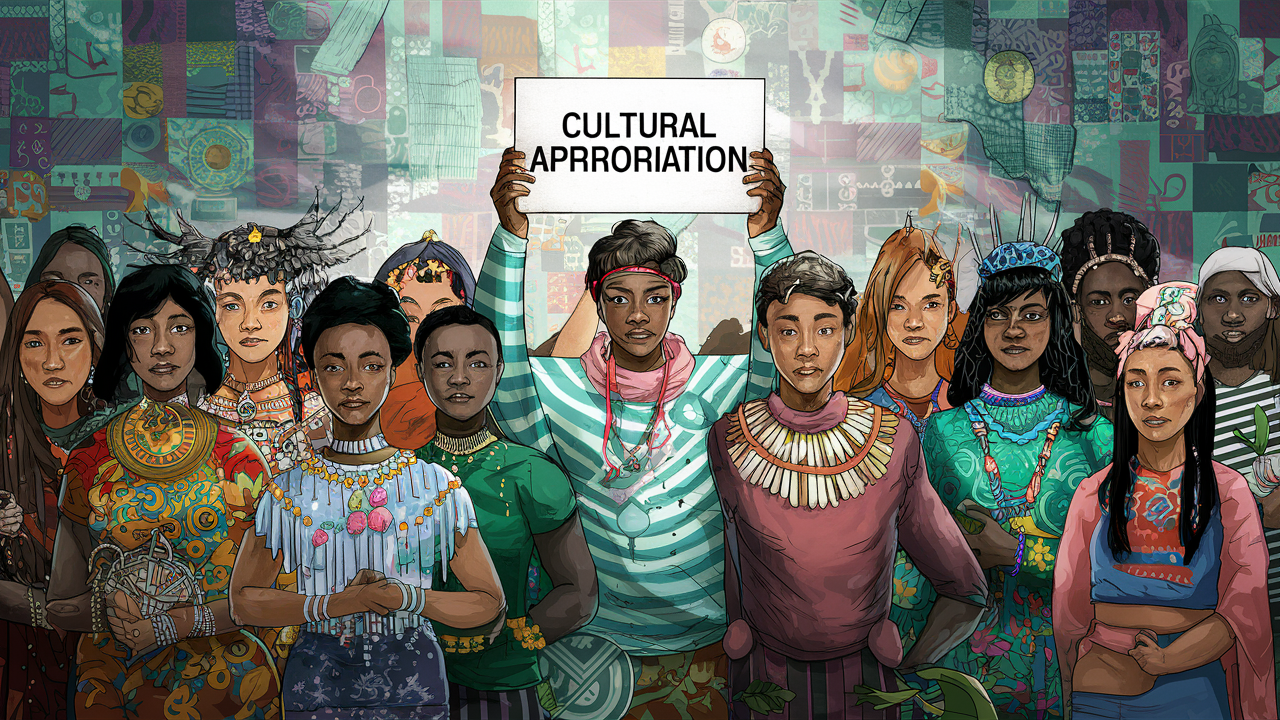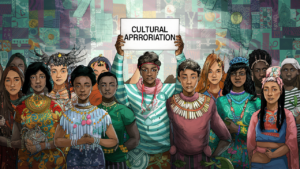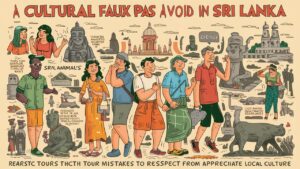Cultural Appropriation : Travel opens our eyes to incredible diversity around the world. We get to experience traditions, art, food, and ways of life entirely different from our own. It’s an illuminating and perspective-changing opportunity.
However, with intercultural encounters comes the risk of cultural appropriation – adopting aspects of a culture in an inappropriate, disrespectful or unacknowledged manner. As travelers, how can we appreciate and participate in cultures we visit without appropriating them?
In this guide, we’ll examine what cultural appropriation is, how to avoid it through cultural appreciation, and tips for engaging with diverse cultures respectfully when you travel.
What is Cultural Appropriation?

Cultural appropriation refers to the adoption of elements of one culture by members of another, often more dominant culture. It becomes problematic when this is done without permission, respect, acknowledgement or consent.
Appropriation upholds unequal cultural power dynamics stemming from histories of colonialism and oppression. It disregards the history and meaning behind cultural practices and objects.

A clear example is wearing an indigenous costume as a Halloween costume or festival outfit. This treats sacred cultural items as novelty accessories and costumes.
Melissa Chan, PhD in East Asian Languages and Cultures, explains that for cultural appropriation to occur, there must be an imbalance of power between cultures:
“To understand cultural appropriation we first have to acknowledge hierarchies of power. It’s about more than adopting aspects of someone else’s culture, it refers to a power dynamic.”
A key trait of cultural appropriation is lack of consent from the originating community.
How Does Appropriation Differ From Appreciation?
Cultural appreciation is about admiring and learning about a culture with permission and guidance. It seeks to understand traditions and engage respectfully.
The difference lies in consent, communication, context and depth of understanding. Appreciation values cultural meaning, history and voices.
Melissa Chan notes:
“There’s a line between cultural appropriation and cultural appreciation.”
Appreciation focuses on dialogue and exchange. Appropriation takes without permission.
Avoiding Appropriation When Traveling
Travel intensifies cultural encounters, increasing opportunities for appropriation. To travel responsibly, we must engage with care and respect.
Melissa’s favorite strategy is opening communication with other cultures. She advises:
“Don’t immediately begin using something from another culture. Reach out to members of that community to learn about it.”
Seeking consent and guidance from the source community is key.
Also self-reflect on your motives and context. Why are you participating in something? Does your reasoning honor the culture?
Tips for Respectful Cultural Engagement:
Learn significance before participating – Research the history and meaning of traditions and objects that interest you. Understanding provides context for respectful appreciation.
Ask permission to participate – Seek consent from members of a culture before adopting elements from their traditions. Dialogue is fundamental.
Be invited to participate – Only engage in ceremonies, rituals or use sacred objects if directly invited by community members. Don’t assume aspects of cultures are open to public participation.
Avoid stereotypes – Avoid dangerously broad assumptions. Recognize and respect complexity within cultures.
Consider your intentions – Reflect on what motivates your interest in another culture. Is it superficial or deep appreciation? Making assumptions or communicating?
Focus on learning – Travel as an opportunity to listen, exchange and understand. Valuing cultural context is key.
Don’t treat cultures like costumes – Don’t adopt cultural elements as novelty. Sacred objects and traditions have deep meaning. Trivializing this is disrespectful.
Ask yourself: Why? How? In what context? Am I invited? By thinking constructively about your actions, you can avoid causing unintended offence or harm.
Examples of Cultural Appreciation Done Right:
- Taking a cooking class while traveling to learn about regional cuisine from locals.
- Purchasing art straight from local artisans to directly support their livelihood.
- Attending a traditional ceremony or performance after receiving an invitation to join.
- Visiting museums to enrich understanding of a destination’s history and culture.
- Wearing a gift of traditional clothing given to you by local friends.
- Learning basic words and phrases in the local language.
- Trying new foods, music and customs with an open mind.
Cultural appreciation engages with respect, seeks consent, and values mutual exchange.
Travel Fosters Cross-Cultural Growth
Experiencing diverse cultures leads to some of the most rewarding aspects of travel. Authentic human connections and new perspectives make the world feel bigger, yet smaller.
While cultural appropriation risks offense and perpetuating injustice, cultural appreciation transcends boundaries. Appreciation brings people together; appropriation drives apart.
By traveling with empathy, respect and care, we can honor the many cultures we interact with. Prioritizing learning over assumptions keeps us curious. Engaging with patience, not entitlement, invites us deeper.
Most importantly, embracing culture on its own terms, not just our superficial impressions of it, creates space for mutual exchange.
So travel widely. But do so with open eyes, ears, and minds. Reciprocal cultural appreciation makes the world a little brighter for all.
How do you engage respectfully with diverse cultures you encounter when traveling? Share your thoughts below!
FAQs
What is cultural appropriation in travel?
Adopting aspects of another culture disrespectfully when traveling, without permission or understanding.
How can you avoid cultural appropriation when traveling?
Learn about cultures, ask permission, reflect on your intentions, and have open dialogue with locals.
What’s the difference between cultural appropriation and appreciation?
Appreciation seeks consent and learning while appropriation takes without permission.
Why is cultural appropriation problematic?
It ignores history, perpetuates stereotypes, and disregards marginalized groups.
What are examples of cultural appropriation in travel?
Wearing sacred indigenous clothing as a costume, trivializing spiritual rituals, culturally insensitive styled photos.























